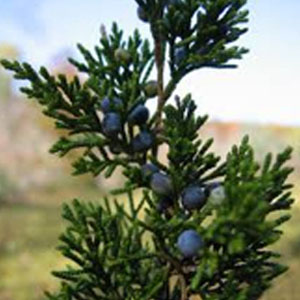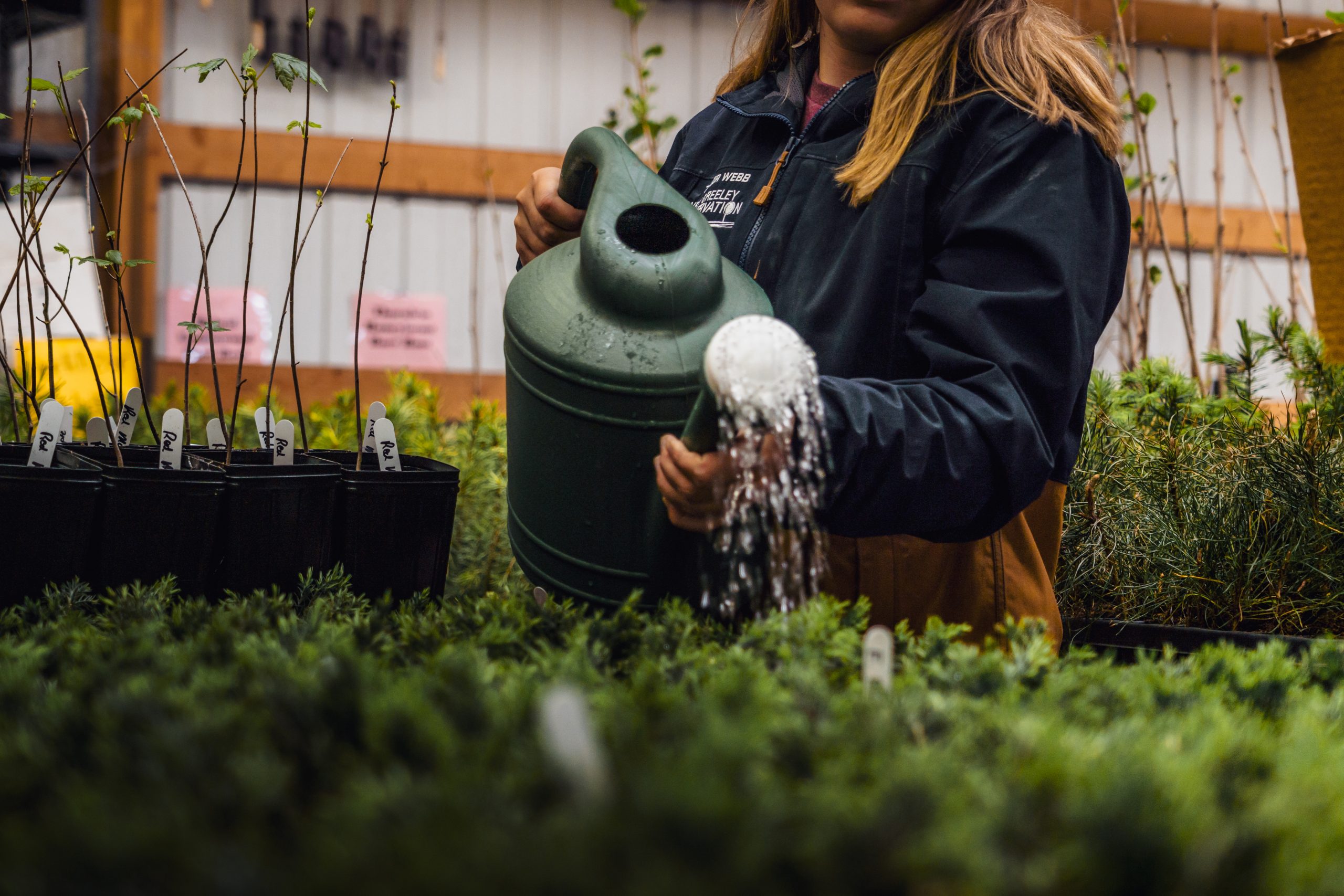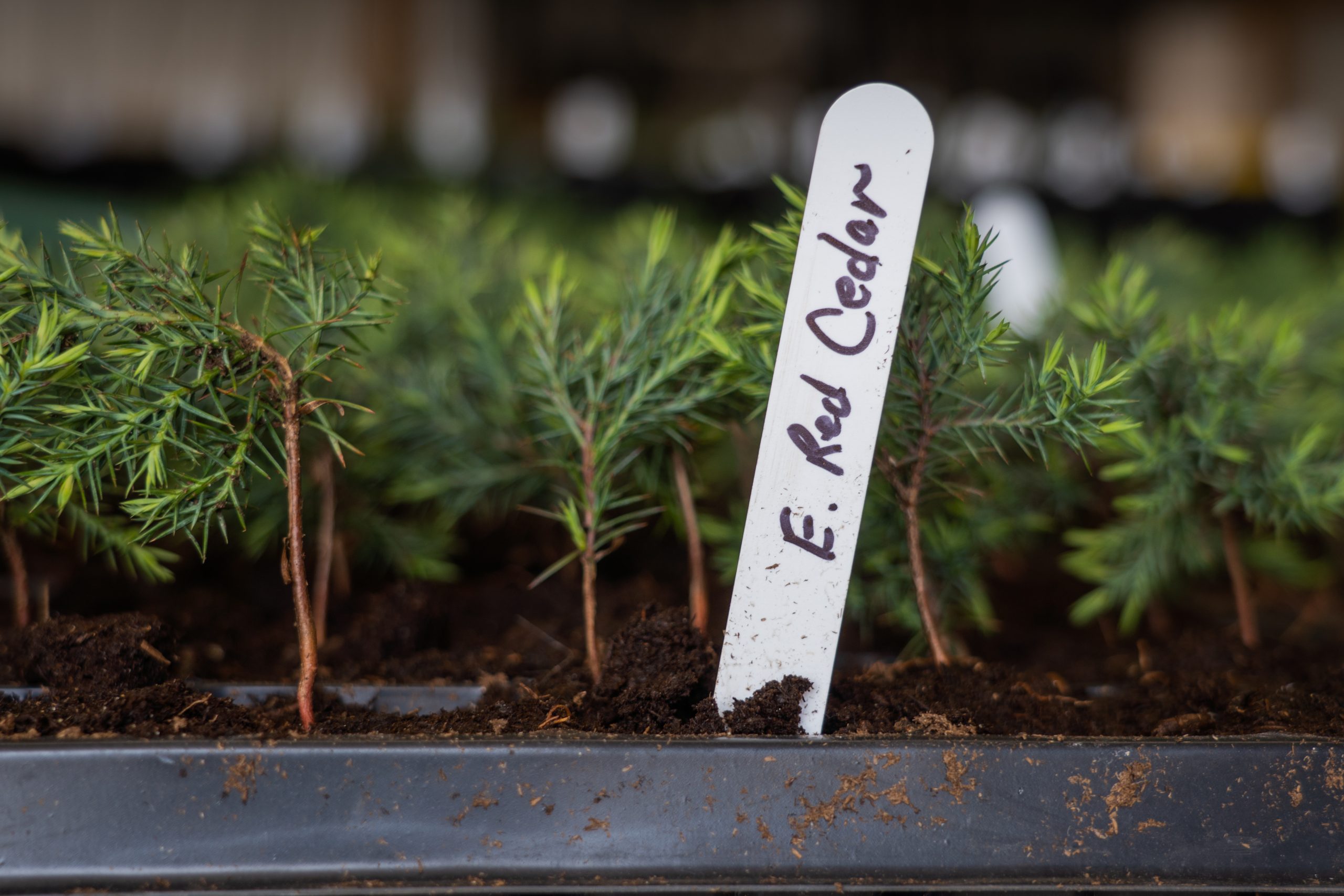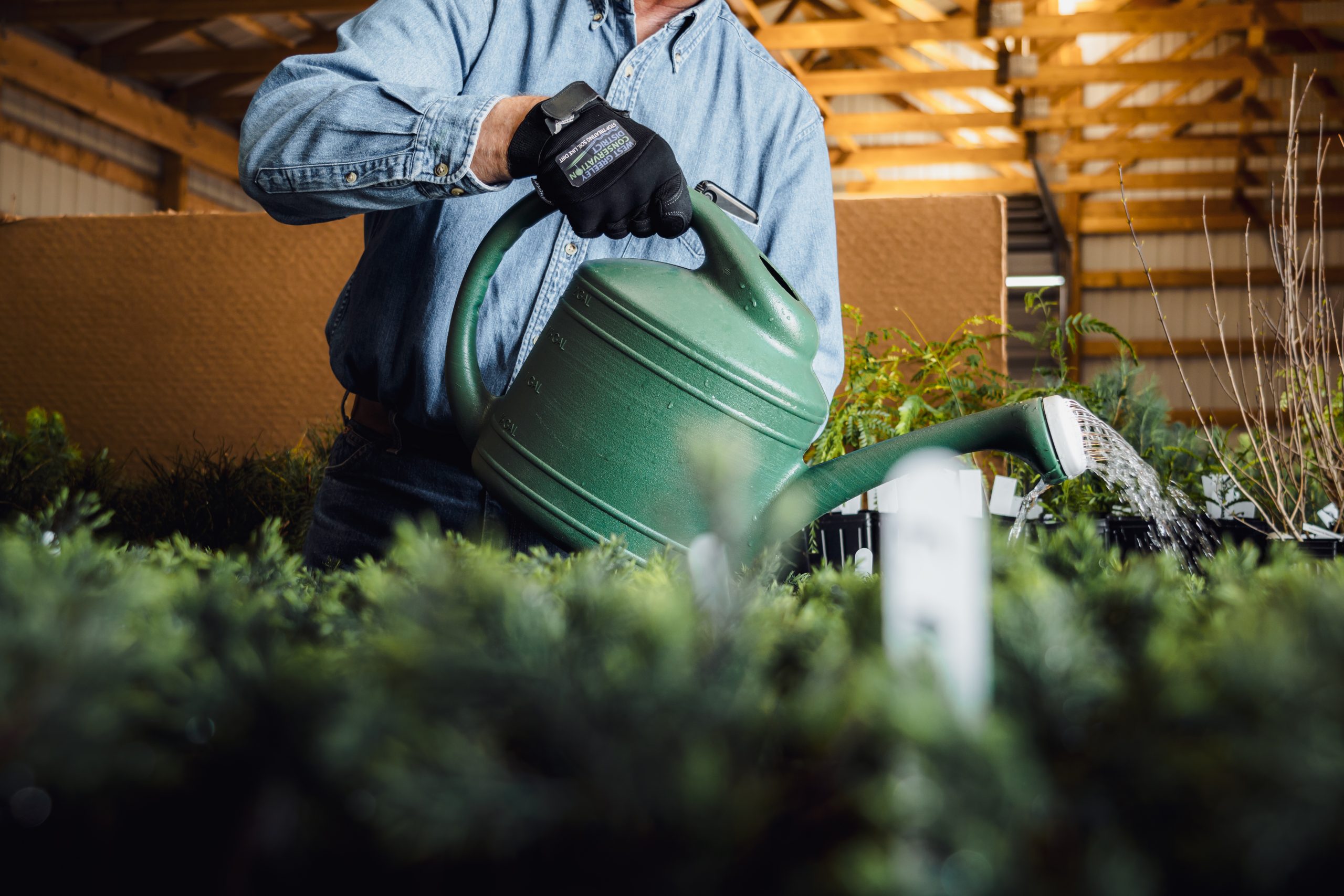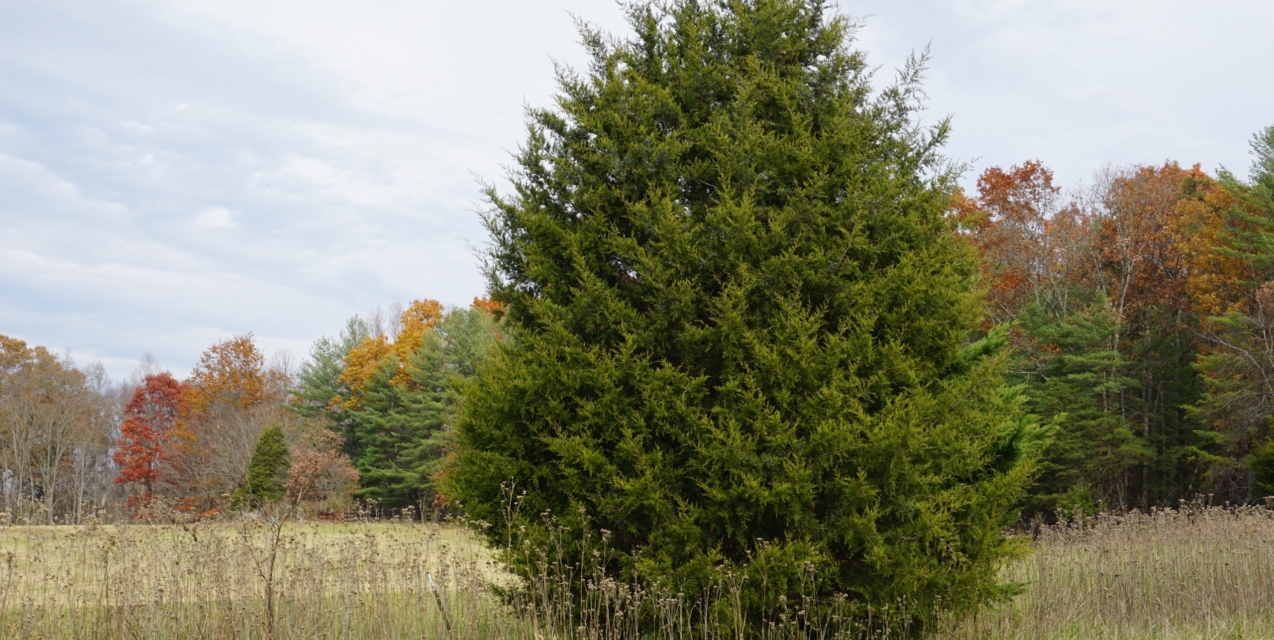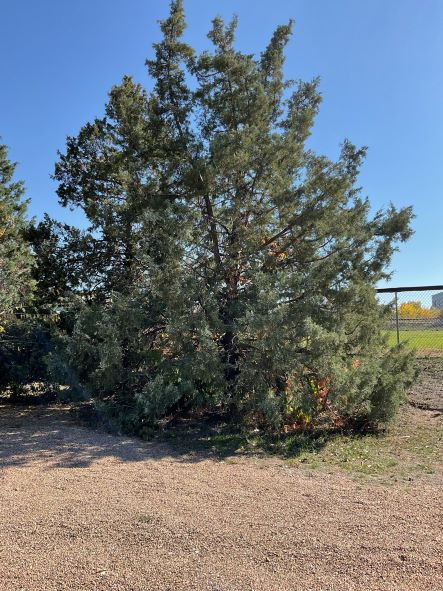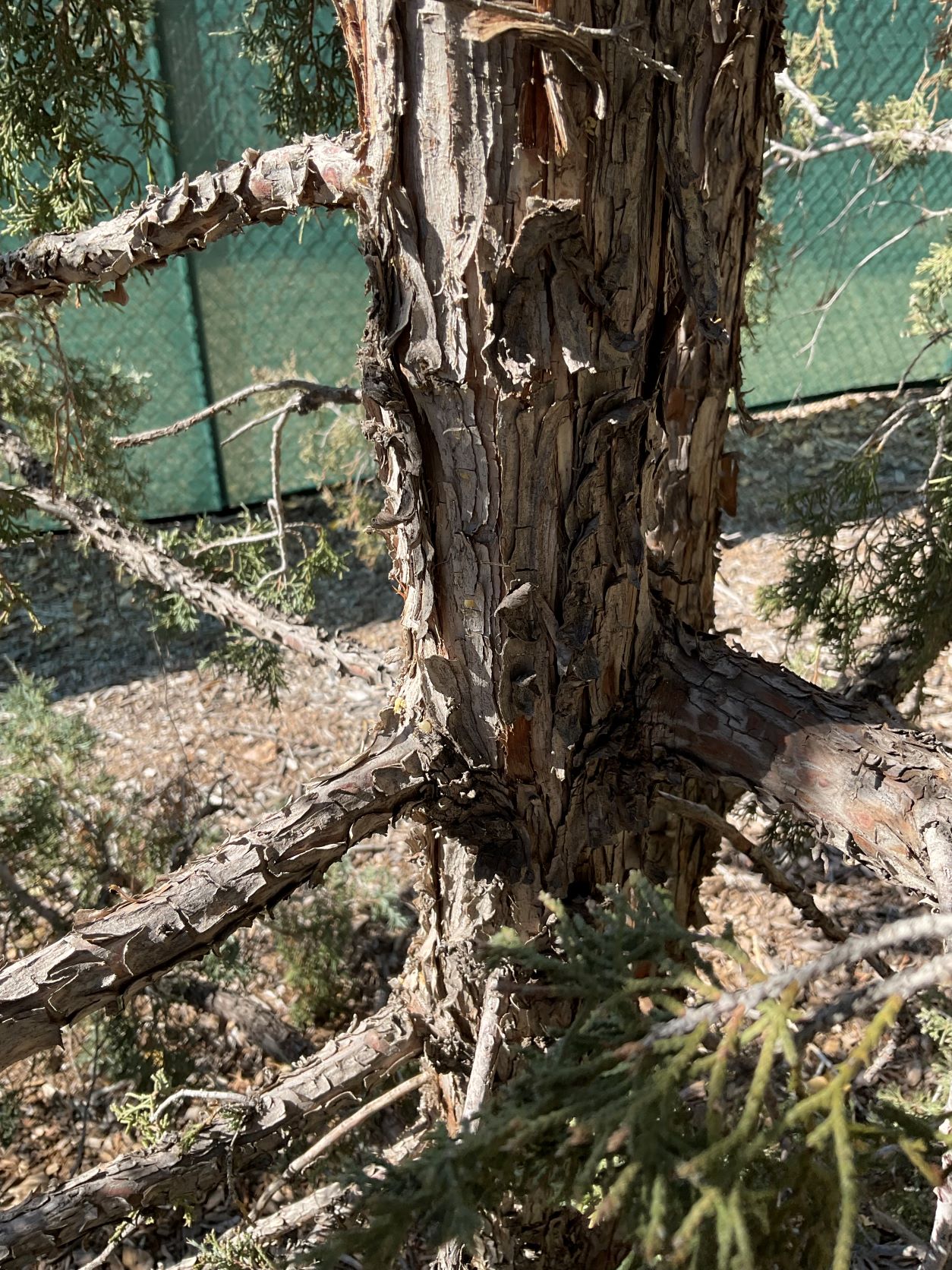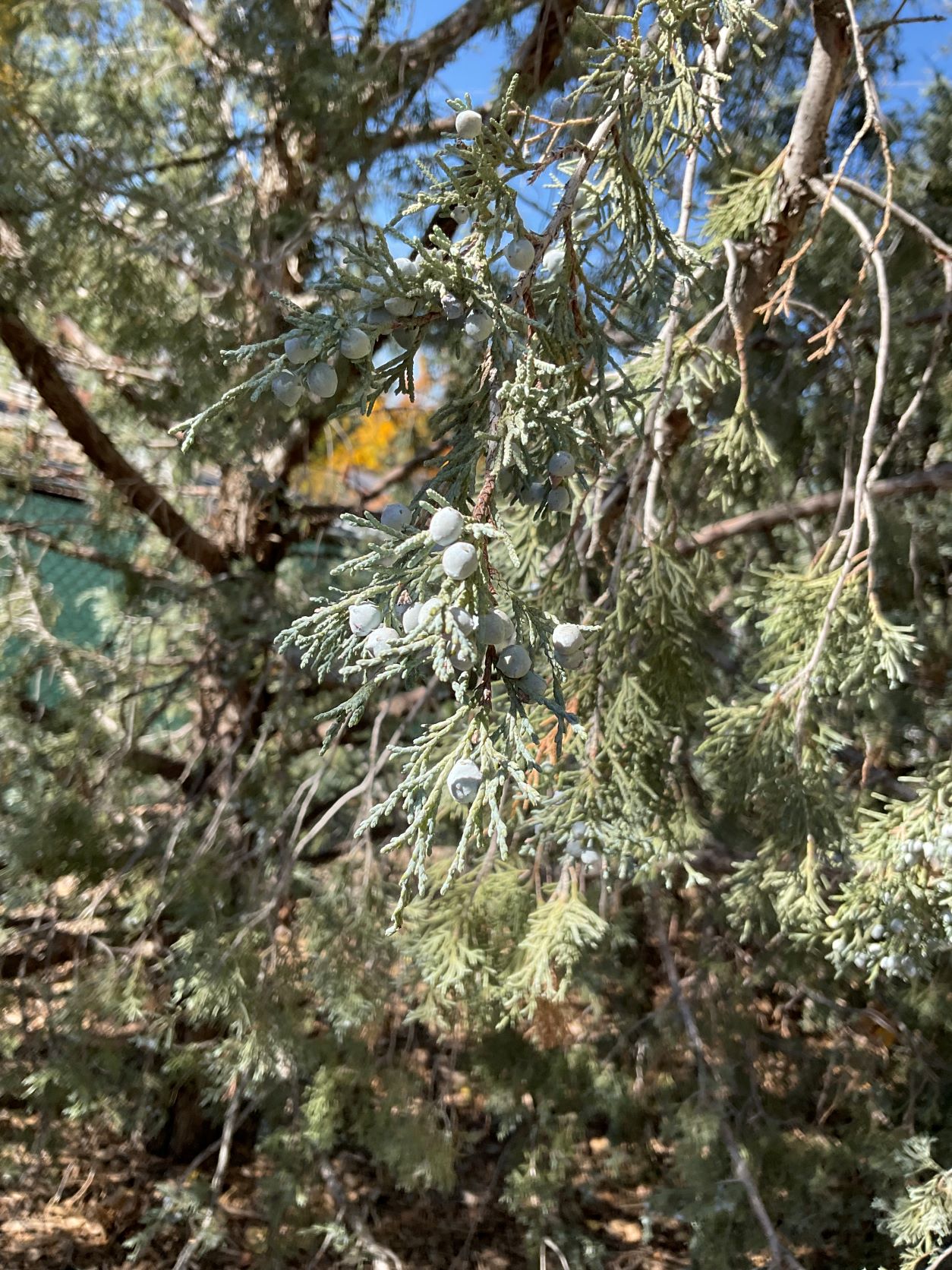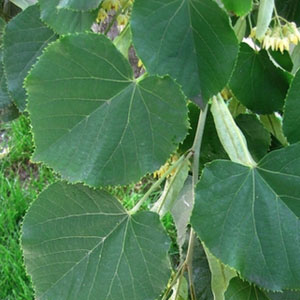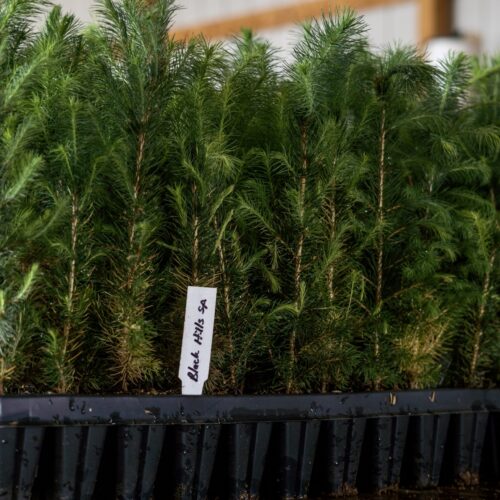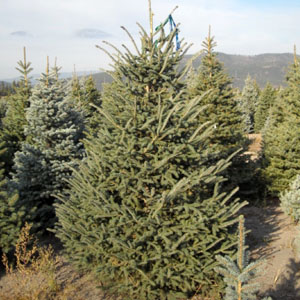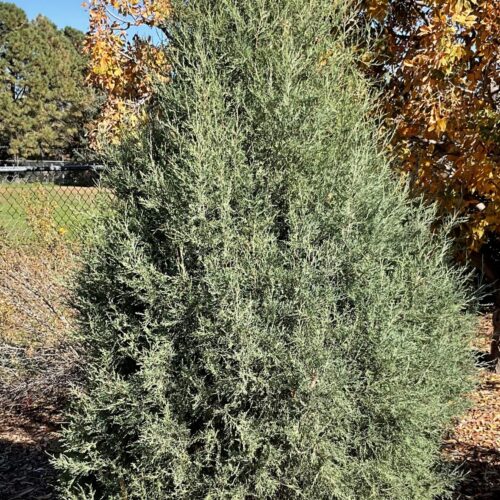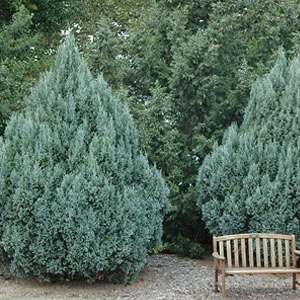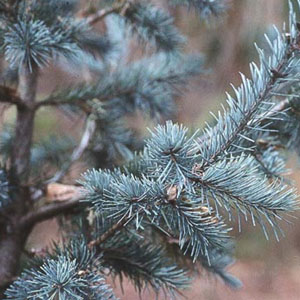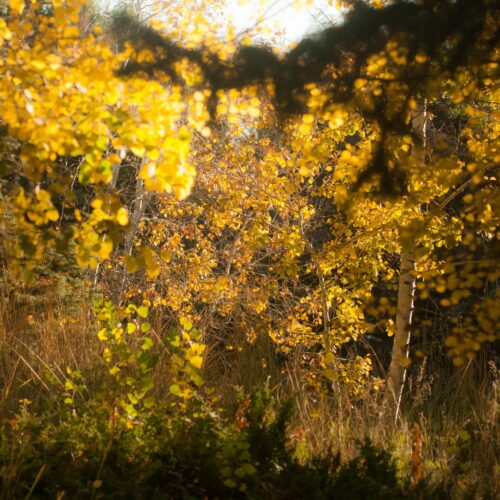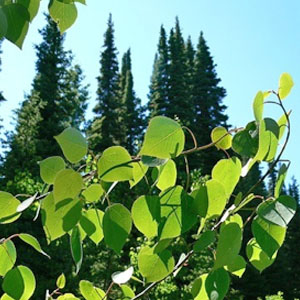Description
Zones – 1-8
Sun – Full
Altitude Range (Approximate) – Sea Level – 6000 feet (0m-2000m)
Soil – Fine, Medium, or coarse textured
Ph Range – 4.7 – 8.0
Moisture – Low to Medium (15 – 70 inches precipitation annually)
Size – 20 year height – 25 feet, at maturity 50 feet
Growth – Slow to Moderate 8 – 18 inches annually
Lifespan – 100 to 300 years
Evergreen, aromatic tree with trunk often angled and buttressed at base and narrow, compact, columnar crown; sometimes becoming broad and irregular. Pyramidal when young, Eastern red-cedar mature form is quite variable. This evergreen usually grows 30-40 ft. but can reach 90 ft. Fragrant, scale-like foliage can be coarse or fine-cut, and varies in color from gray-green to blue-green to light- or dark-green. All colors tend to brown in winter. Pale blue fruits occur on female plants. Soft, silvery bark covers the single trunk.
The most widely distributed eastern conifer, native in 37 states, Eastern Red Cedar is resistant to extremes of drought, heat, and cold. Red Cedar can be injurious to apple orchards because it is an alternate host for cedar-apple rust, a fungal disease. First observed at Roanoke Island, Virginia, in 1564, it was prized by the colonists for building furniture, rail fences, and log cabins.
Water Use: Low
Light Requirement: Sun , Part Shade , Shade
Soil Moisture: Dry
Soil pH: (pH 6.8-7.2)
CaCO3 Tolerance: High
Cold Tolerant: yes
Heat Tolerant: yes
Soil Description: Dry, limestone soils (adaptable). Sandy, Sandy Loam, Medium Loam Clay Loam, Clay, Rocky, Limestone-based, Caliche type.
Eastern Red Cedar, Eastern Redcedar, Virginia Juniper, Red Juniper, Pencil Cedar, Carolina Cedar, Red Savin, Baton Rouge

